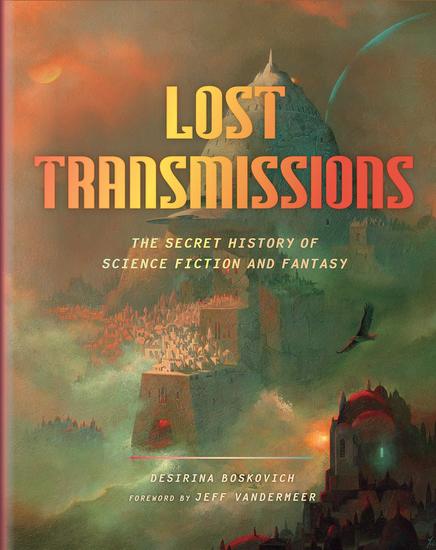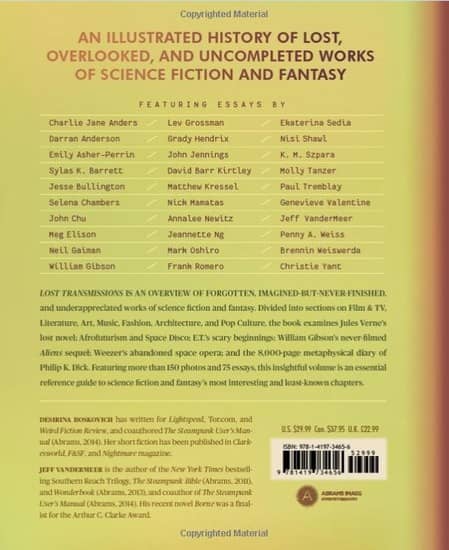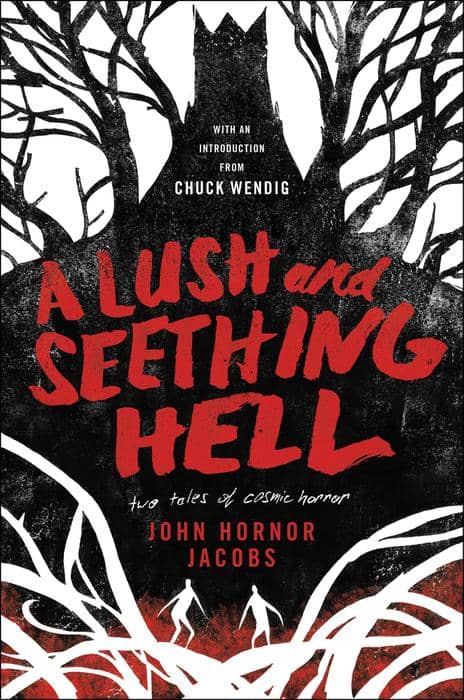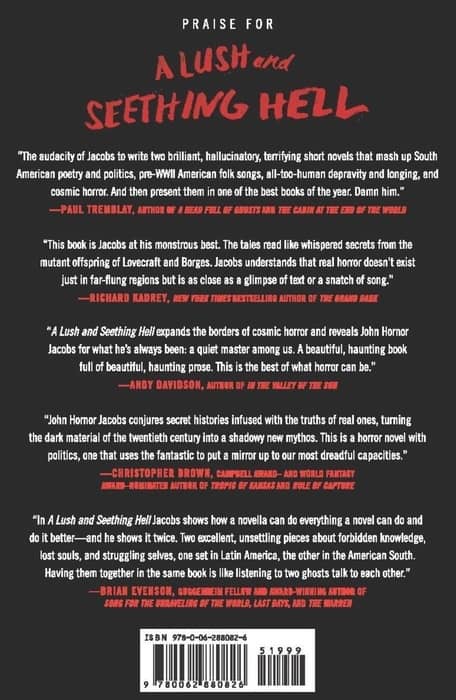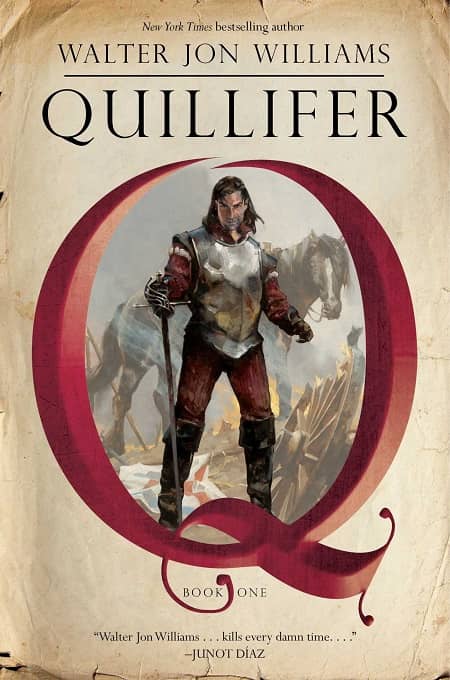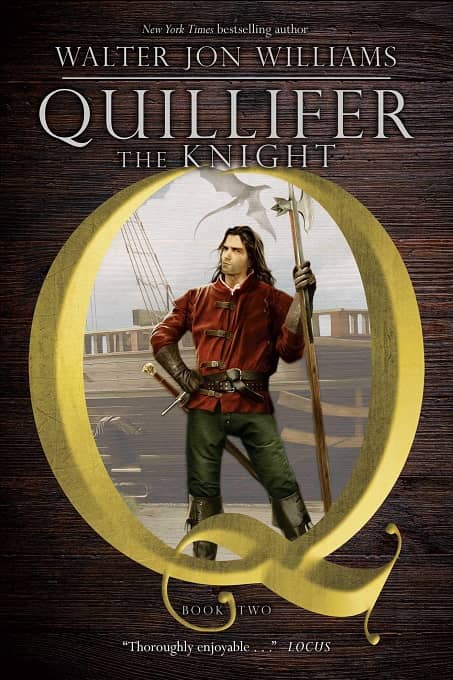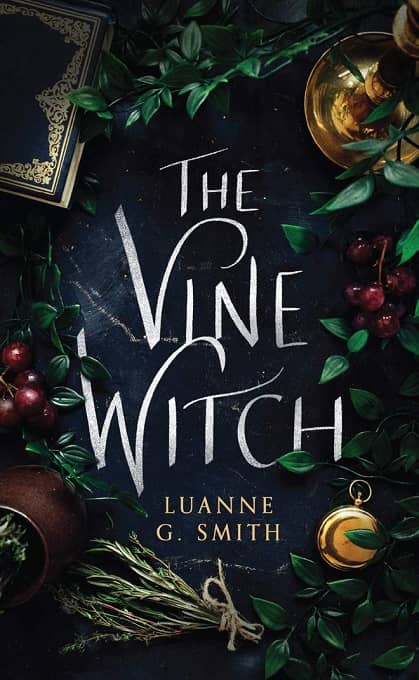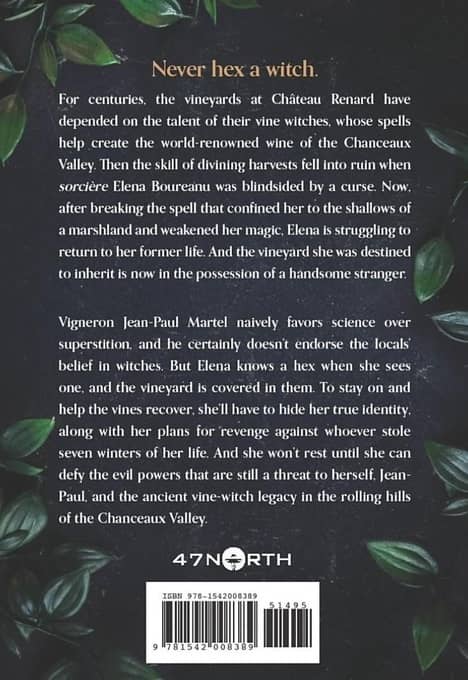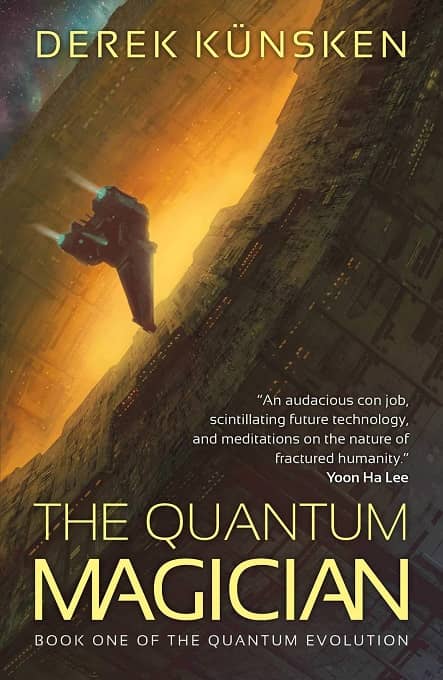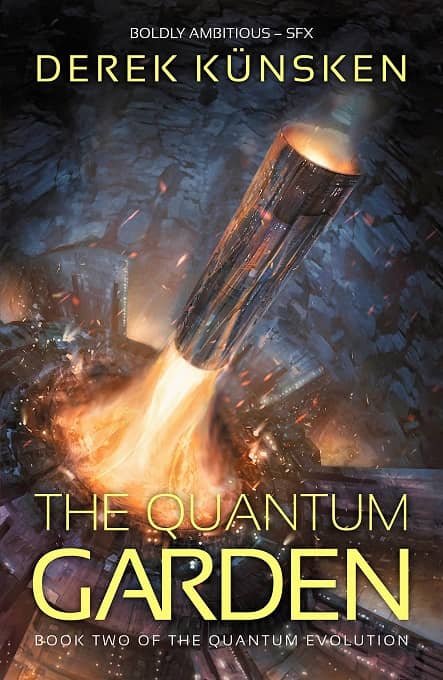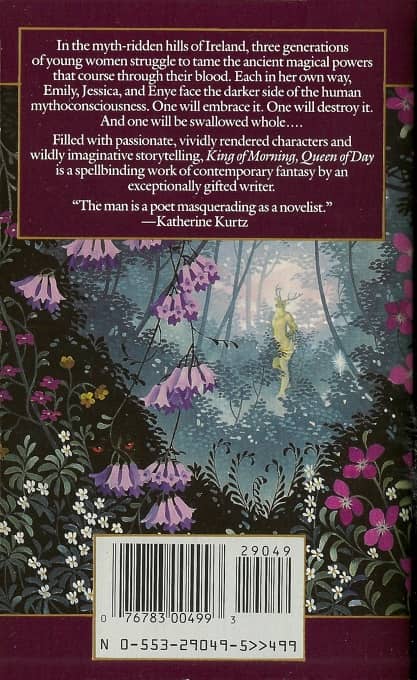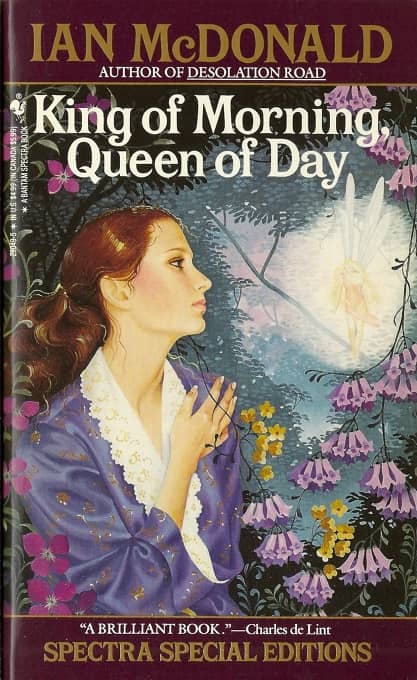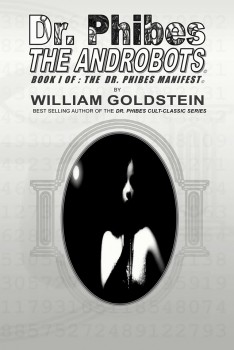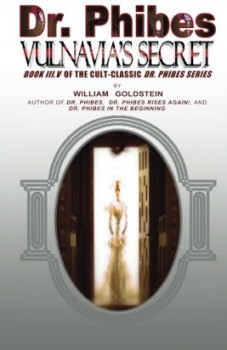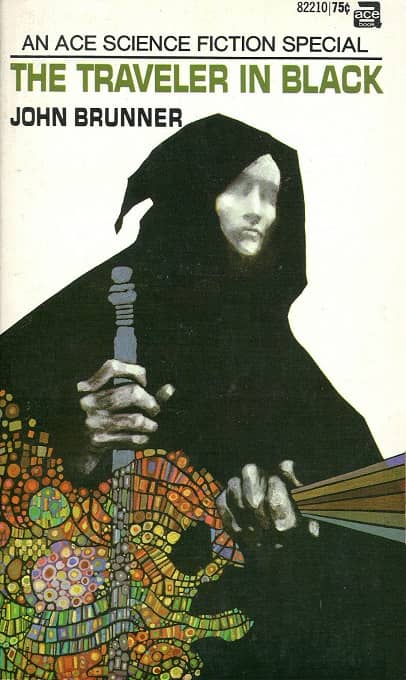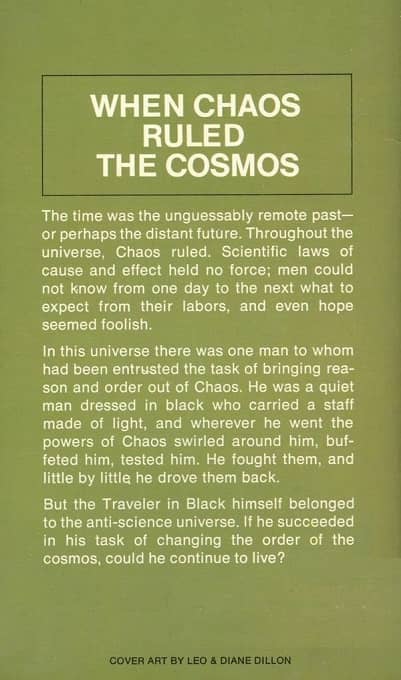A Glorious Tapestry of Alternate History: The Empire of Fear by Brian Stableford
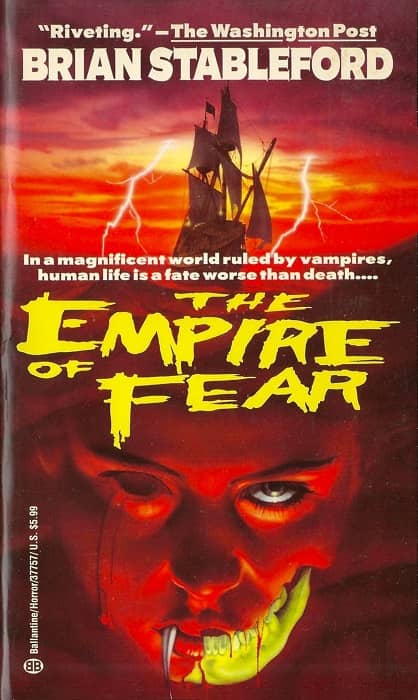 |
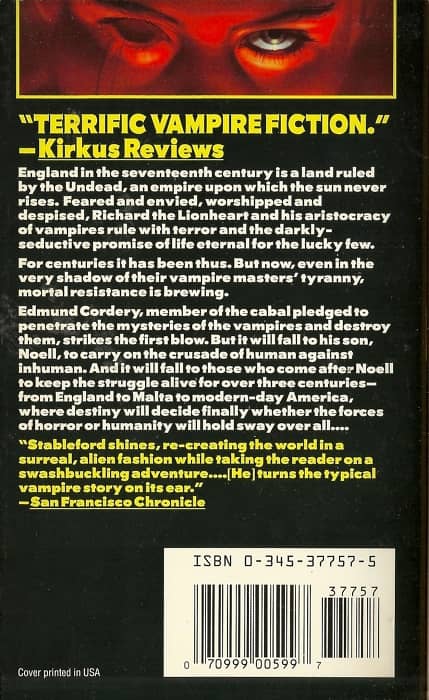 |
British science fiction writer Brian Stableford has published more than 70 novels across a career spanning nearly five decades. His first novel was The Days of Glory (Ace, 1971), his most recent was The Tyranny of the Word (Black Coat Press, 2019), which appeared just last month. He’s produced a number of popular series, including six Hooded Swan science fiction novels, beginning with The Halcyon Drift (DAW 1972), six Daedalus Mission books, his famous werewolf trilogy (The Werewolves of London, The Angel of Pain, and The Carnival of Destruction), the Genesys trilogy, and the more recent six-volume Emortality series from Tor, beginning with Inherit the Earth (1998) and Architects of Emortality (September).
Back in 2013 I wrote a brief Vintage Treasures piece on his 1998 horror novel The Empire of Fear, and in the Comments section BG blogger Joe Bonadonna offered a splendid mini-review.
I read this one right after reading George R.R. Martin’s Fevre Dream, and these are 2 of my favorite vampire novels, because they are so much more than that. Empire of Fear is a glorious tapestry of alternate history a, “what mine have been,” had Van Helsing not slain Dracula. Beautifully written, with flesh-and blood characters, and quite well told. My only complaint — it’s too bloody short.
Joe’s comments stayed with me, and as I celebrate the spooky season by selecting classic horror novels to read in October, I picked up a copy to read this weekend.
